AO Edited
'El Baile de los 41' ('Dance of the 41') Memorial Plaque
A tribute to the 20th-century ball that cast a spotlight on Mexico’s LGBTQ community.
The José Martí Cultural Center was established in 1976 as an initiative intended to represent the union of the peoples of Latin America. José Martí was a noted Cuban writer and revolutionary, part of a late-19th-century movement for civil rights and post-colonialism in the Americas. Some of this revolutionary spirit was part of the motivation that lead to the contemporary movement of cross-dressing balls.
These balls were most commonly attended and organized by queer men as a relatively safe haven to explore their identities and sexuality. They were common throughout the Western world in the late 19th and early 20th centuries.
The Mexico City one that would come to be known as “The Ball of 41” took place on November 18, 1901, in a house of the modern-day Tabacalera neighborhood. During this ball, 42 men, 19 of them in drag, mingled, danced, and—according to sensationalist reports at the time—entered a contest to win an encounter with a young man known simply as “Curly Moustache.”
Police were alerted of this ball and they showed up in the wee hours of the morning to stop the “show of gross indecency.” Many attendants to the ball tried to escape, but all 42 were eventually detained. The reason for this event to be known as “The Ball of 41” to this day is that the 42nd man was said to be the son-in-law of one Porfirio Díaz, then the President of Mexico. The presence of his political relation were struck from future records and reports of the ball.
Among these reports, perhaps the best-known were those that included prints by well-known illustrator José Guadalupe Posada, who most likely did not participate in the writing, as was common at the time. These reports referred to the event as “The Ball of the 41 Sissies” and included derogatory corridos (sonnets) describing the gathering. Much like Díaz’s son-in-law, the other 41 detainees included members of the country’s aristocracy and elite. Those who were unable to bribe their way out of punishment were forcefully conscripted into the military to support the ongoing Caste Wars in Yucatán.
Much of what is known about the event and its consequences comes from recounts by Mexico City chronicler Carlos Monsiváis, who also wrote that in the years following the ball, the number 41 became something of a bad luck charm in Mexico, avoided in a way similar to 13 in Western culture and 4 in East Asia. This association has mutated however, and “41” no longer represents bad luck in Mexican culture. Members of the country’s modern-day LGBTQ community have begun to re-appropriate it however, and use it as slang for a sexual top (with “42” correspondingly being a bottom).
This plaque memorializing the heritage of The Ball of 41 was unveiled in 2001, a century after the original event. Located on a wall of the José Martí Cultural Center, just across Reforma Avenue from the Tabacalera neighborhood where the Ball took place, it includes a quote by Carlos Monsiváis and relief of two naked male figures by gay artist Reynaldo Velázquez Zebadúa, and was dedicated by the city’s LGBTQ. Nearly two decades after, it continues to stand as a symbol of Mexico’s complicated relationship with queer identity.
Know Before You Go
The José Martí Cultural Center is open from 9 a.m. to 9 p.m. Monday through Saturday, and from 10 a.m. to 6 p.m. on Sundays. The closest Metro station is Hidalgo, on lines 2 and 3. The plaque is found on the Alameda-facing outer wall of the Center, and can therefore be seen at any time.
The Dance of the 41 was dramatized in a 2020 Netflix film of the same name.

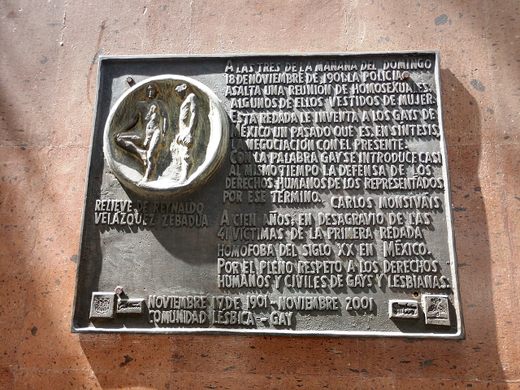
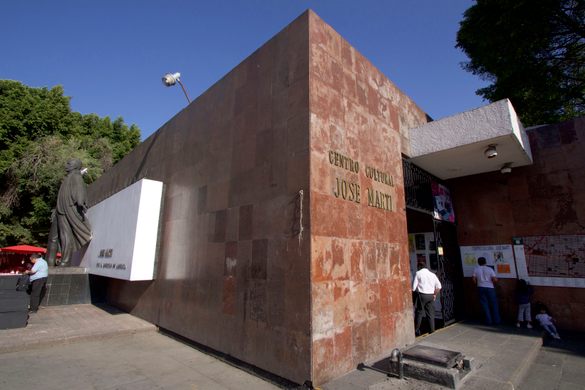
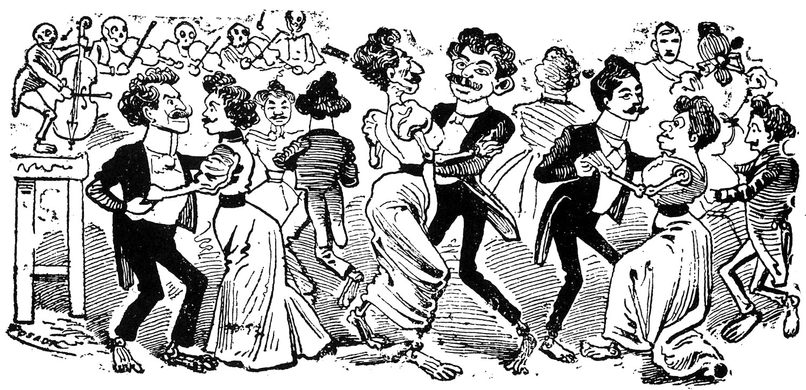
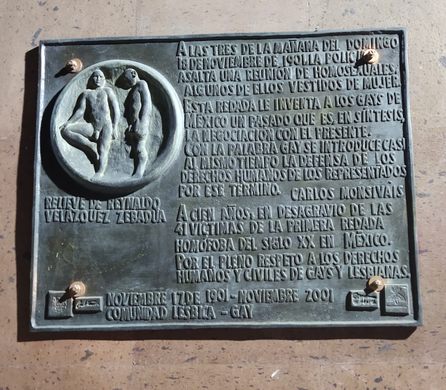



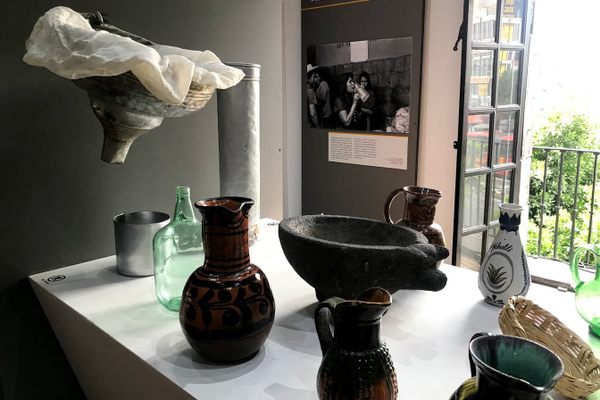

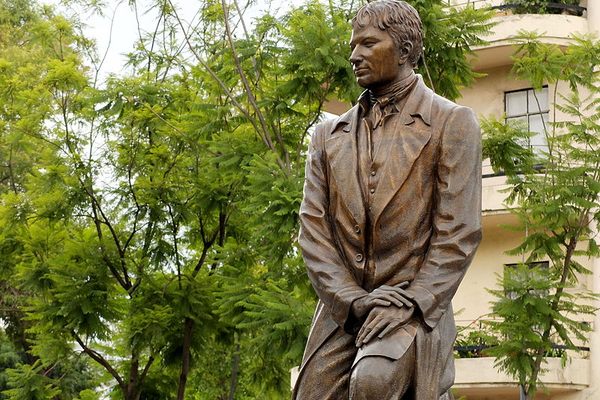

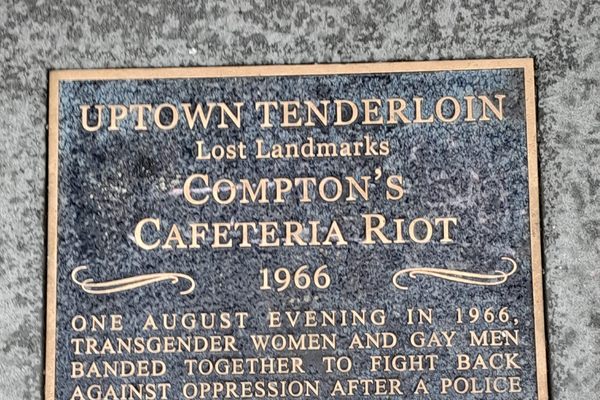
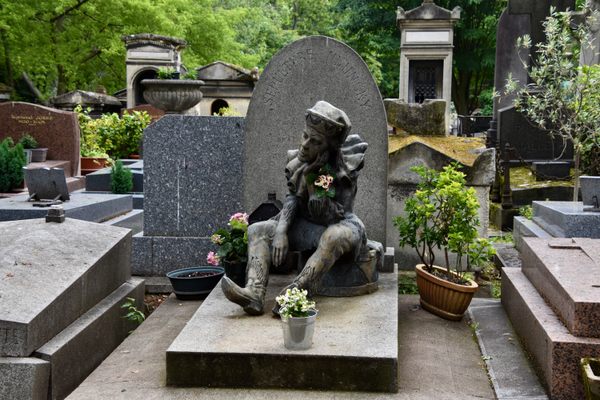
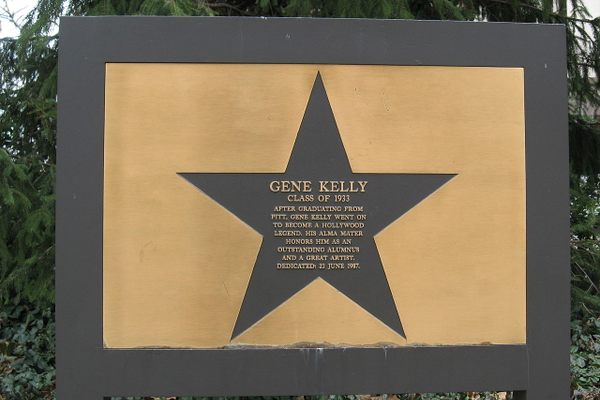


Follow us on Twitter to get the latest on the world's hidden wonders.
Like us on Facebook to get the latest on the world's hidden wonders.
Follow us on Twitter Like us on Facebook